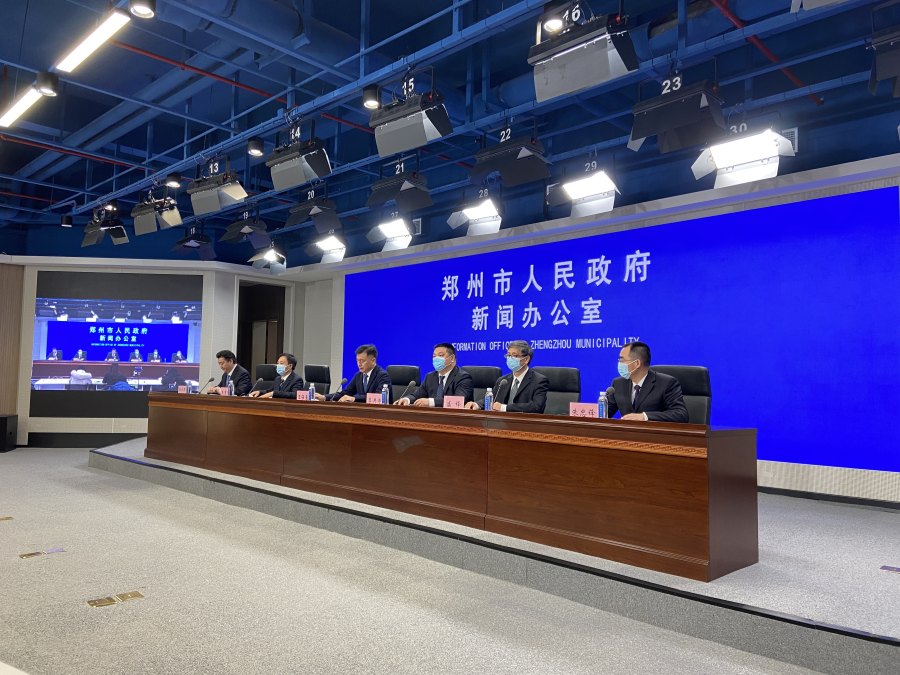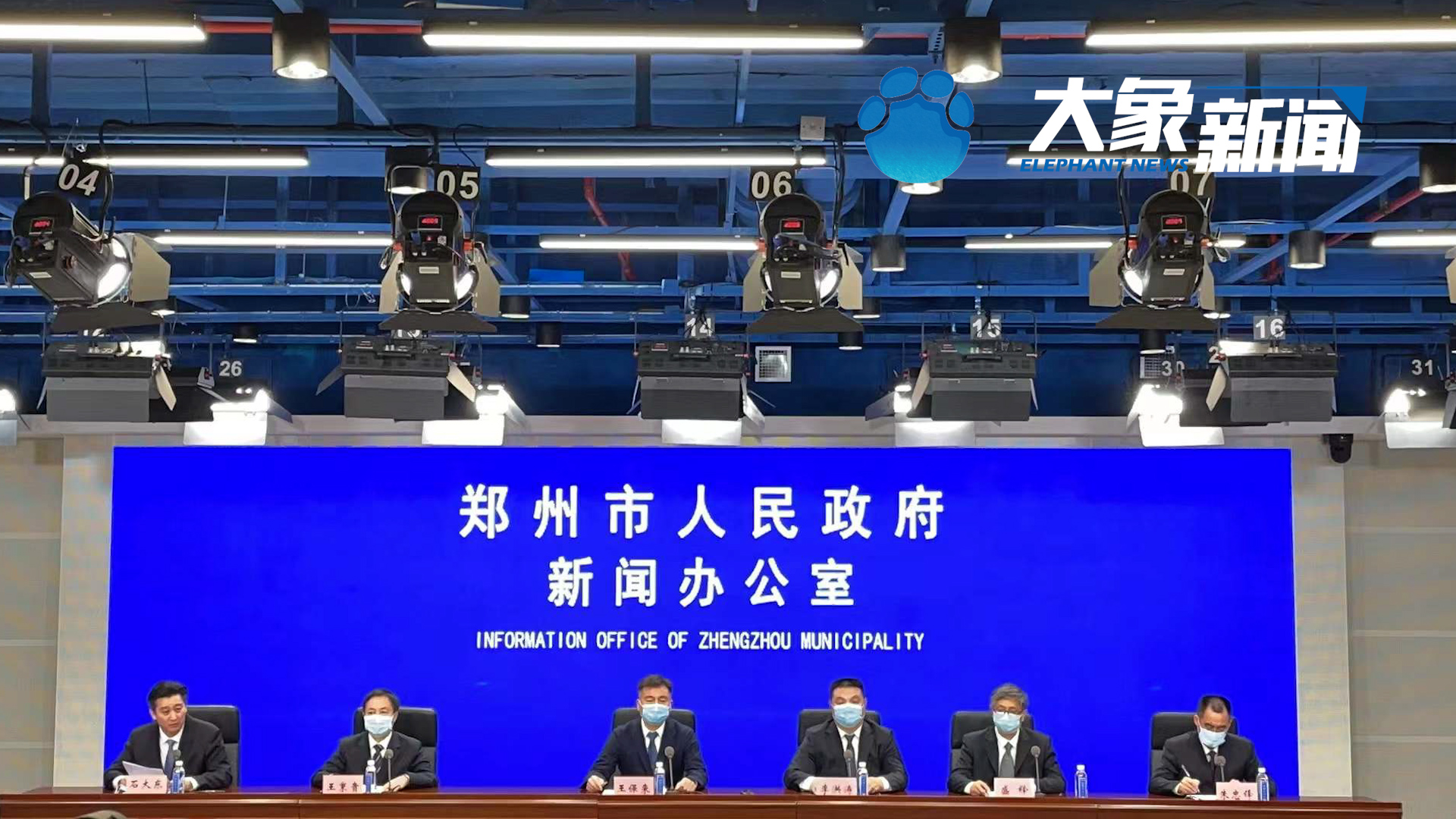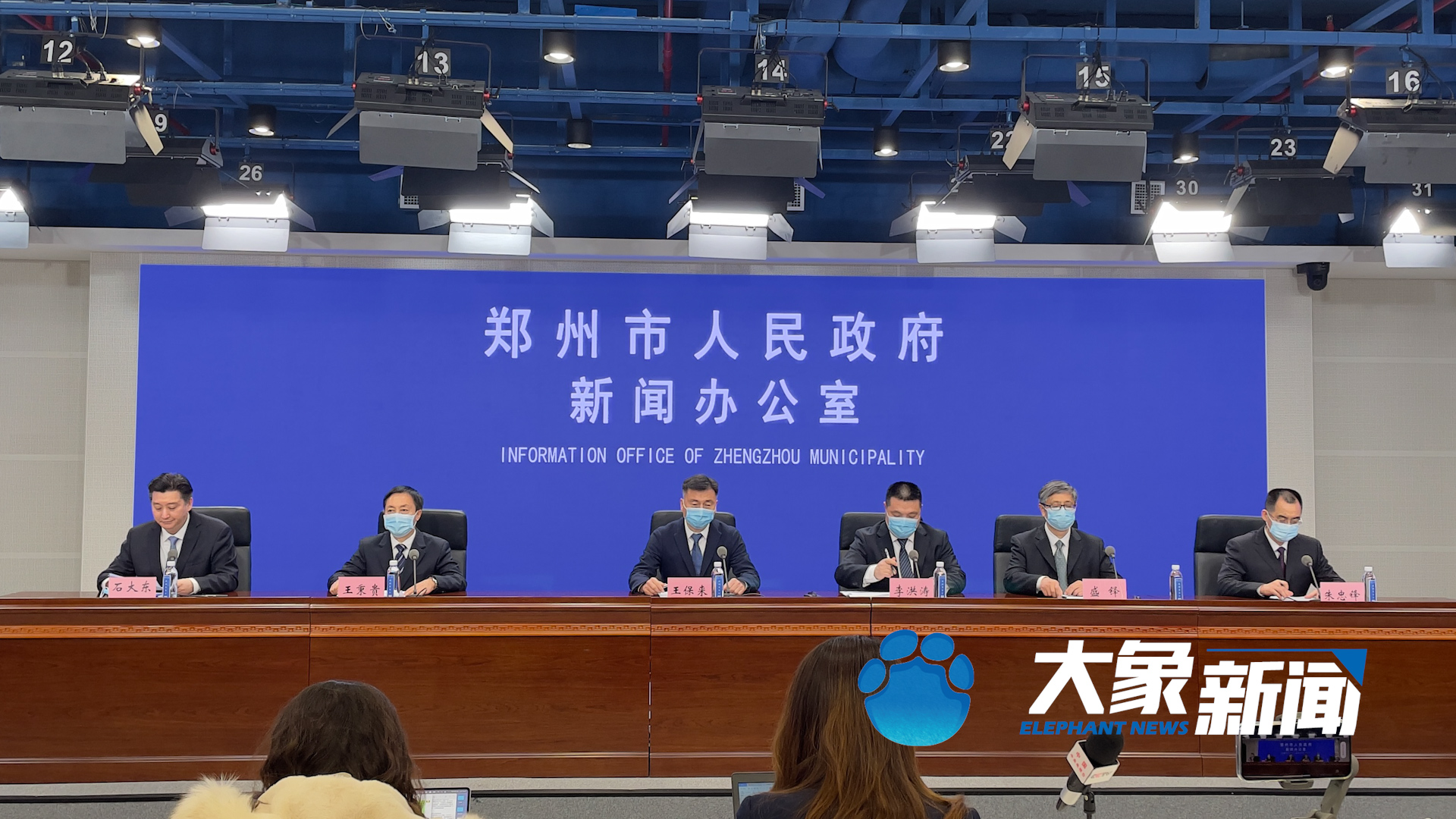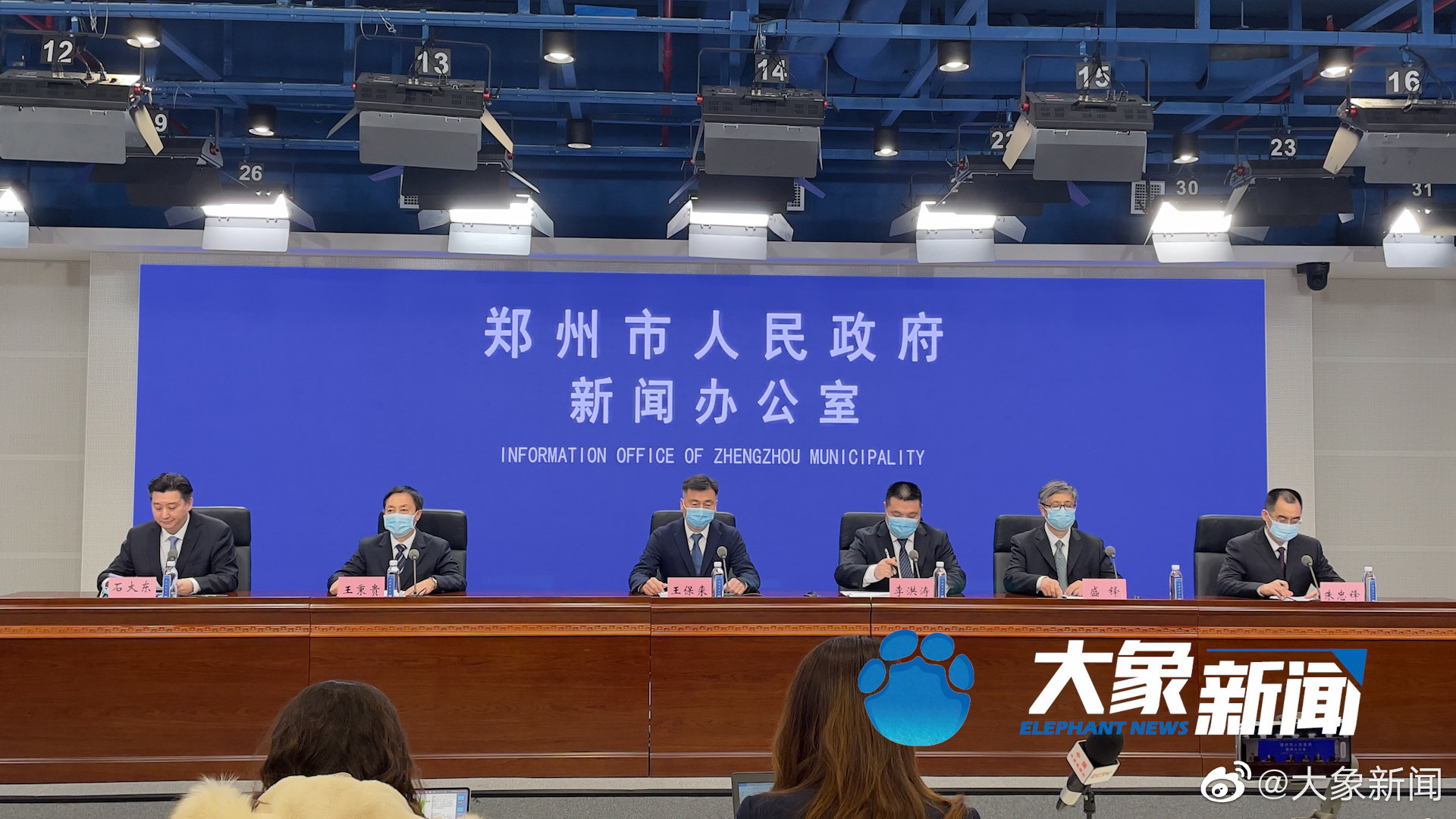* Given that the dollar is so embedded in the system of international transactions, the United States has turned it into a tool to bleed other countries by collecting seigniorage revenue.
* To boost its domestic economy, the United States often pumps excess money into global markets during periods of economic expansion, creating the illusion of a worldwide boom.
* Aggressive interest rate hikes have led to a global liquidity tightening, resulting in capital outflows and currency depreciation in emerging markets.
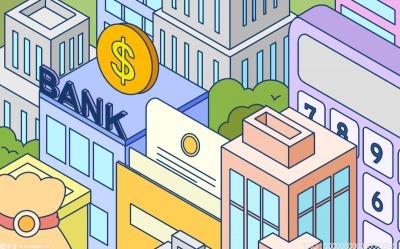 (相关资料图)
(相关资料图)
BEIJING, April 4 (Xinhua) -- The world is holding its breath for a simmering bank crisis in the United States triggered by the spectacular collapse of Silicon Valley Bank and Signature Bank.
Across the Atlantic, the repercussions are reverberating. As European banks, including Switzerland"s Credit Suisse, edge closer to a similar crisis, concerns are growing that the regional crisis could become systemic.
The real culprit for the festering crisis is the U.S. Federal Reserve (Fed)"s monetary policy based on the U.S. dollar"s hegemony, which has, on several occasions, plundered global wealth.
People queue up outside the headquarters of the Silicon Valley Bank (SVB) in Santa Clara, California, the United States, March 13, 2023. (Photo by Li Jianguo/Xinhua)
PLUNDERING WORLD WITH SEIGNIORAGE
After World War II, the United States deliberately established the dollar"s hegemony.
In the third quarter of 2022, the dollar comprised nearly 60 percent of global foreign exchange reserves. In January 2023, the dollar accounted for about 40 percent of international payments.
Given that the dollar is so embedded in the system of international transactions, the United States has turned it into a tool to bleed other countries by collecting seigniorage revenue.
With a 100-dollar greenback that costs only about 17 cents to print, the United States could reap 100 dollars worth of goods and services from other nations.
This photo taken on March 16, 2023 shows a signage of Credit Suisse in Geneva, Switzerland. (Xinhua/Lian Yi)
Just as former French President Charles de Gaulle grumbled more than half a century ago, the United States enjoyed "exorbitant privilege" and "deficit without tears" created by its dollar and used its worthless paper note to plunder the resources and factories of other nations.
From the gold dollar, the petro dollar to the credit dollar, and now to the debt dollar, over the past decades, the world has been witnessing the basis of the dollar as an international currency weakening.
To salvage the dollar"s hegemony, the United States has recklessly exhausted all military, finance and trade means, attempting to continuously export risks to and reap benefits from other countries through the lucrative dollar business.
CREATING GLOBAL ASSET BUBBLES
To boost its domestic economy, the United States often pumps excess money into global markets during periods of economic expansion, creating the illusion of a worldwide boom.
After the international financial crisis in 2008, the Fed introduced multiple rounds of quantitative easing.
Following the outbreak of the COVID-19 pandemic in 2020, it implemented "unlimited" quantitative easing, pushing global inflation to a 40-year-high, forming a colossal asset bubble and exacerbating risks to the world economy.
While the oversupply of U.S. dollars has brought "inflationary pressures not seen in a generation" to the United States, other economies were hit harder. In February, annual inflation in Argentina breached the 100 percent mark for the first time since 1991.
This photo taken on March 13, 2023 shows the exterior view of a First Republic Bank branch in Millbrae, California, the United States. (Photo by Li Jianguo/Xinhua)
Most of the excess dollars are exported to other countries through imports and overseas investment, allowing the United States to harvest the wealth of other countries at nearly zero cost.
The oversupply of the dollar also creates "irrational prosperity" that deviates from the actual economic situation and exacerbates the turmoil in the global financial market.
More economists are wakening up to the detriments of the current dollar-based monetary system.
The current dollar-centered monetary system does not reflect the dynamic global market, said David E. Sumual, chief economist of Bank Central Asia, the largest privately-owned bank in Indonesia, noting that sudden policy changes of the Fed always cause volatility in other countries.
But the Fed will continue to manipulate global markets and wreak havoc on the world economy, so long as other countries don"t cut their reliance on the dollar.
Analysts have warned that the Fed had driven up asset bubbles worldwide to an extremely dangerous level, and the first signs of those bubbles bursting are beginning to appear.
After years of frothy markets, real trouble is on the horizon.
EXACERBATING GLOBAL DEBT RISKS
While the Western banking industry is teetering on edge of catastrophe, the Fed shows no signs of stopping its rate hikes.
Since March last year, the Fed has raised interest rates nine times in a row, with a cumulative rate hike of 475 basis points. The U.S. interest rate now stands at the highest level since September 2007.
This photo taken on April 20, 2022 shows the U.S. Federal Reserve in Washington, D.C., the United States. (Xinhua/Liu Jie)
Aggressive interest rate hikes have led to a global liquidity tightening, resulting in capital outflows and currency depreciation in emerging markets.
According to data from the International Monetary Fund (IMF), the pressure on debt repayment for countries denominated in the dollar has increased sharply. More than 60 percent of low-income countries are already at high risk of or in debt distress.
If the past is any indication, once a country falls into debt distress, its assets would be exposed to U.S. plundering.
In 1998, when asked can the United States weather Asia"s financial storm, Jeffrey E. Garten, then the dean of the Yale School of Management, said that "big American firms ought to stay the course in Asia, taking advantage of unprecedented opportunities to buy assets cheaply in industries that have been closed to significant foreign investment."
Garten"s words became a prophecy later fulfilled, and similar scenarios of U.S. capital pouncing on industries in vulnerable economies have played out repeatedly.
As the Fed flip-flops on its monetary policy, the United States also suffers temporary economic pain. Still, with its hegemonic currency, Uncle Sam can shuffle the risks to others and emerge largely unscathed from a crisis it started.
After the global financial crisis of 2008, it took the European Union 13 years to return GDP per capita to its pre-crisis level, while it only took the United States two years to do so.
Despite a brief jolt, the United States continues to plunder the world.
However, the abuse of the dollar, the weaponization of global financial infrastructure and the country"s irresponsible monetary policy are backfiring and eroding the U.S. credibility.
According to data from the IMF, the dollar"s share within the global reserves fell by more than 10 percentage points compared with 20 years ago. The declining trend shows no sign of ending. (Video reporters: Sun Lei, Guruh Riyanto, Wayan Agus, Yu Fuqing, Yang Yiran, Huang Zemin; video editors: Wu You, Luo Hui, Yu Jiaming)
- 湖人4连胜前6目标即将实现?搅局西部重拾20年夺冠气场 热门
- 每日速看!细川直元_关于细川直元介绍
- 前沿资讯!国家发展改革委主要负责同志会见空客公司首席执行官傅里
- 快报:顶梁柱·看商用车产业:徐工新能源汽车,乘势扬帆启“新”程!
- 暗黑破坏神2重制版圣骑士加点和技能图(暗黑2圣骑士技能怎么加点) 最新快讯
- 甘肃籍科学家杜志恒三闯南极 已结束科考回国,将于下周返兰_环球今日报
- 共享经济板块4月4日跌0.99%,珈伟新能领跌,主力资金净流出17.95亿元 每日视点
- 光合作用的实质和能量转换_光合作用的实质 世界微动态
- 科瑞技术:公司在移动终端领域提供AR/VR终端产品的自动化检测设备 世界热闻
- 郧西县食用菌产业“扬帆起航”
-

美国两党“斗法” 纽约如临大敌_天天热点
01:49针对美国前总统特朗普的“封口费”案风波即将迎来“重头戏”。当地时间3日,特朗普由佛罗里达州海湖庄园飞抵纽约,准
-

世界短讯!多氟多:第五代六氟磷酸锂工艺技术研发进展顺利
集微网消息,近日,有投资者在投资者互动平台提问:请问六佛五代技术多久可以产业化?多氟多(002407 SZ)4月4日在投
-
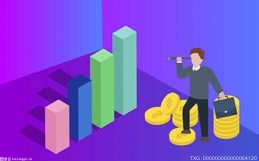
全球要闻:“蔬菜博士站”成为乡村振兴“加油站”
“蔬菜博士站”成为乡村振兴“加油站”,人民政协网是由人民政协报社主办,全方位报道国内外重大新闻和各级统战、政协工作最新动态,为各级政协
-

浙江义乌:“义新欧”中欧班列运输忙
2023年4月4日上午,一列满载100标箱小商品、陶瓷制品、电动滑板车、日用百货等中国特色商品的“义新欧”中欧班列从浙江
-

速看:海普洛斯IPO:新冠检测收入大幅下滑预警,应收账款6.8亿元
乐居财经严明会3月29日晚间,海普洛斯生物科技有限公司向港交所主板提交上市申请,招银国际及中信证券为联席保荐人。海普洛斯是2023年以来,第
-

鹤峰:乌桃花儿开 游客入画来
鹤峰:乌桃花儿开游客入画来---通讯员向申荣方诗匀。4月2日,湖北省鹤峰县太平镇芦坪村乌桃园内的乌桃花盛开,粉红嫣然的桃花随风摇曳,淡香怡
-
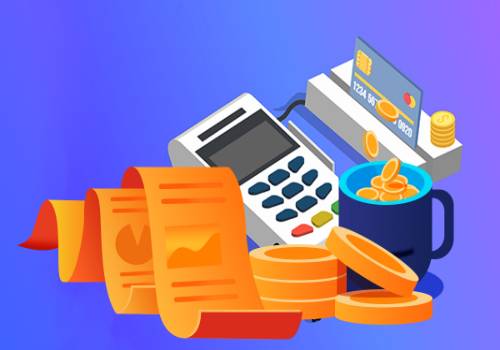
【天天新要闻】2019年什么属相犯太岁怎么破解_2019年什么生肖犯太岁
你们好,最近小活发现有诸多的小伙伴们对于2019年什么属相犯太岁怎么破解,2019年什么生肖犯太岁这个问题都颇为感兴趣的
-

五十六个民族的资料(关于56个民族的资料) 环球今头条
本文目录一览:1、关于56个民族的资料2、我国的56个民族都有哪些?关于56个民族的资料56个民族:
-

8999元 微星首款OLED显示器开售:175Hz高刷、0.1ms响应 精选
8999元微星首款OLED显示器开售:175Hz高刷、0 1ms响应
-

Faker立下夺冠flag图,挑战JumpKing新图,KT压力太大了
在最近的采访中,faker公开表示,决赛是理所应当的目标,一直以来,他们都是以春季赛冠军为目标打比赛的,虽然获得了常规赛的第一,也晋级了决
X 关闭
郑州昨天新增确诊病例11例,累计报告确诊病例103例
郑州:各核酸检测采样点开辟学生绿色通道
为何持续多轮做核酸检测 河南疾控专家解释
驻马店:关于依法严厉打击涉疫情网络谣言等违法信息的通告
郑州本轮累计报告103例本土确诊病例 均为普通型或轻型
郑州第五轮9区全员核酸检测已检724.9万人,已确诊5例
X 关闭

